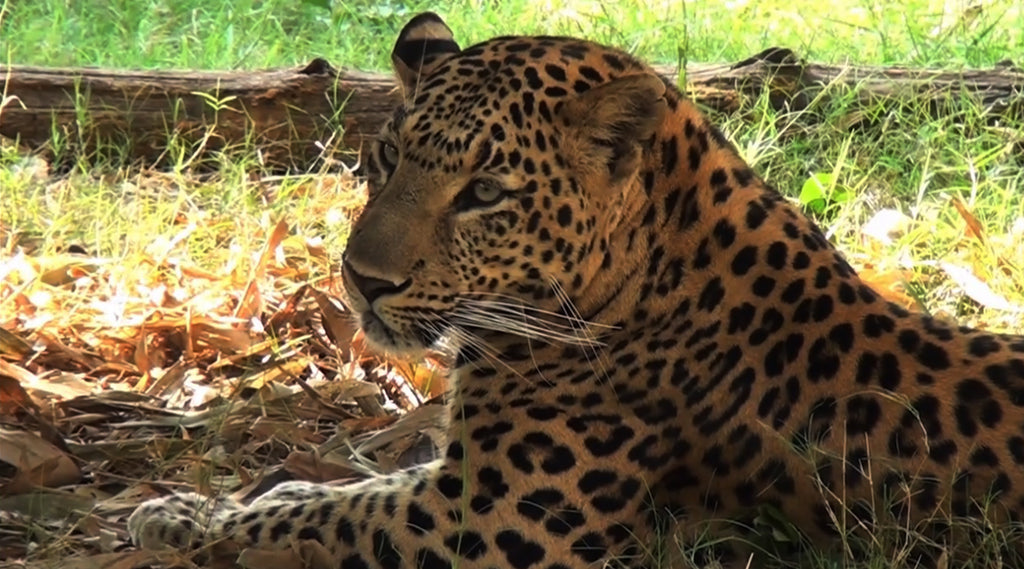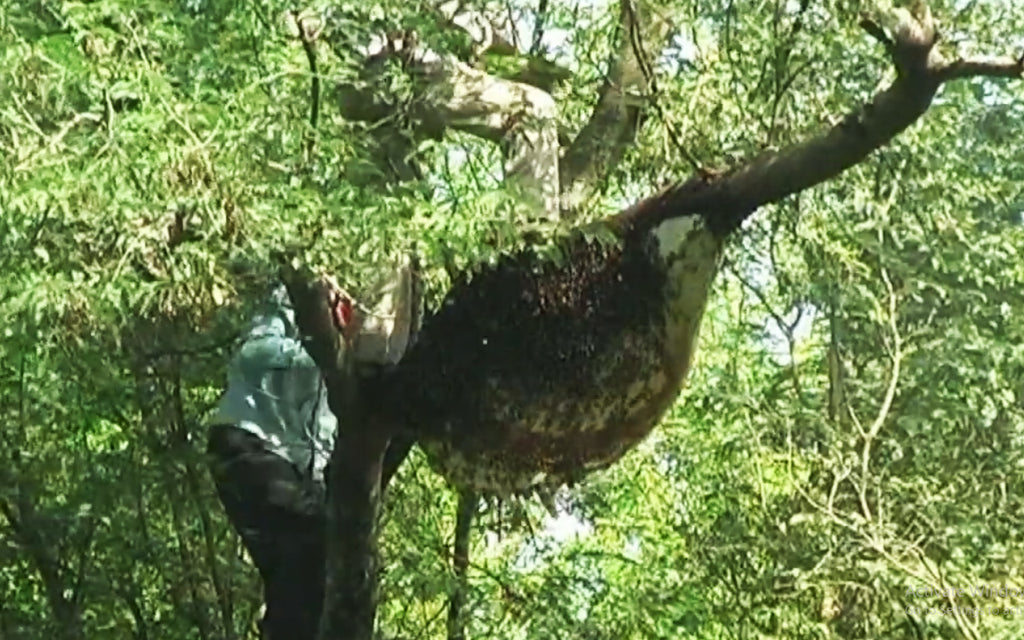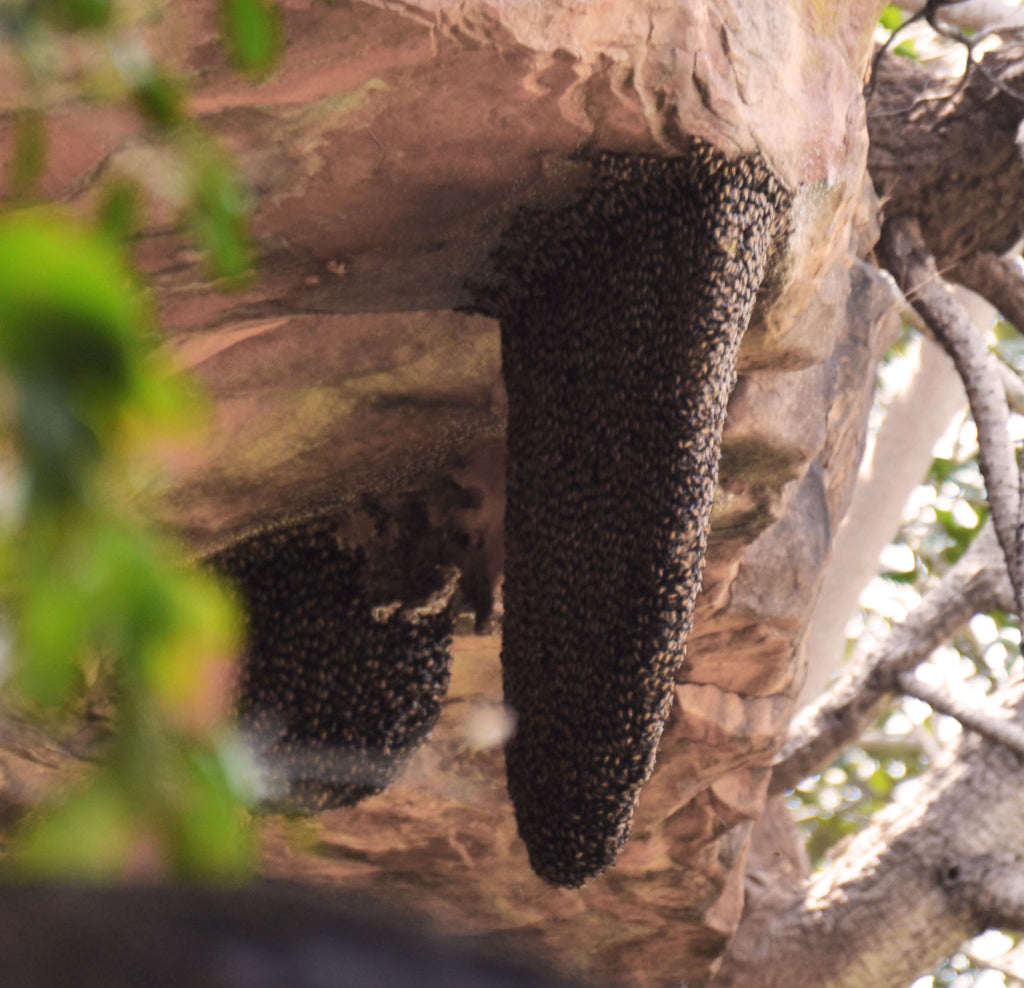


For centuries, these tribes people have remained separate from the outside world thanks to the dense jungle surrounding their home in a deep gorge carved by the perennial rivers, Karo and Koina, pass through these forested areas supporting a diverse floral and faunal resource. The entire region remains isolated and remote, much of it is still a mystery.

Apart of Sal wood, the forest is blessed with 500+ types of medicinal plants and herbs and home of wild honey bees such as apis darsota and apis laborosia honey bees. Once in a year, in the month of June-July, most of the forest region blooms with a special kind of wild grass which locally named as "Kangira Koma".

The wild honey bees, apis darsota and apis laborosia honey bees, known for their aggressive attacking behaviour, collects the nectar from the flower of these wild grass and produces honey in the hive naturally built on trees and cliffs.

Each hive consists of 90,000 - 1,50,000 wild honey bees and each hive takes 15-20 day’s time to produces 7 - 10 kg honey. Nomadic Birhors tribes are skilled honey hunters, they use to carefully climb the 50 - 70 m high on the trees with Smoke from smouldering grass which disorients the bees, possibly reducing the number of stings climber will suffer.

The wild bees are guarding kgs of a sticky, reddish fluid which locally known "Madhma". This Jharkhandi raw honey is dark red in color with strong woody aroma and smoky taste.


From the rich brown earthen hues of the forest ground to the sweetness of the blue-white sky, the Saranda forest is a three dimensional wonderland for the eyes who are willing to absorb the light. It is a place of ancient souls, of the creatures who dwell with the sweet sounds of moving water and bird song. Somehow this is more home than home, it is a land where time stood still.




